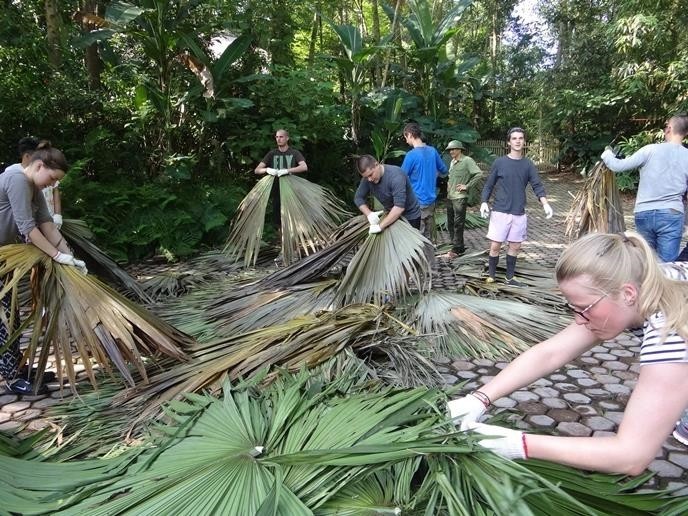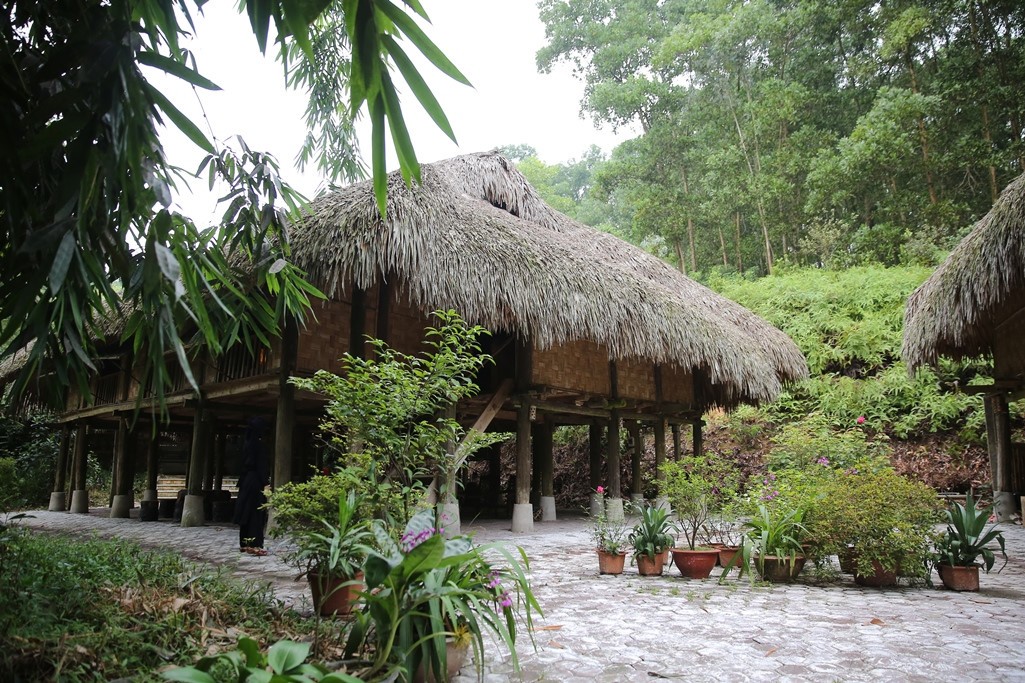Since the pandemic began, travel has evolved in a variety of ways, but the increased emphasis on rural tourism is one for the better. We started dreaming of the big outdoors in lockdown before we were committed to checking off yet another city break, and that hasn't changed.
So add these 32 additional rural locations to your list. The World Tourism Organization (UNWTO) has compiled its second annual ranking of the world's "best" rural communities.
It differs from the typical listings of Instagrammable locations in busy tourist areas. These villages were chosen because they are increasing tourist numbers without degrading the attractions that people are there to see, according to the UNWTO, a United Nations organization that focuses on responsible tourism.
Out of 136 villages that were proposed by 57 UNTWO member nations, 32 villages from all across the world made the list. There is no ranking; rather, the locations are listed by country and then alphabetically.
Only Spain was able to qualify all three of its submitted villages, out of the three that each nation was allowed to submit. The list included Rupit, Alquézar, and Guadalupe. Portugal, its neighbor, contributed one item, Castelo Novo, one of the twelve ancient settlements encircled by the Serra da Gardunha mountain range.
Zell am See in Austria is at the top of the list. It is more of a small town than a village and is located beneath the Kitzbühel Alps on the calm side of Lake Zell. Wagrain, its younger twin, is a modest ski resort close to Salzburg. The following country is Chile, and Puqueldón, the largest of the nine towns on Lemuy island in Chile's Chiloé archipelago, is its entry.
Dazhai, in the northern Guangxi province, and Jingzhu, in the southwest Chinese city of Chongqing, are the two settlements that have survived.
Choke Mountain Village, an ecotourism community on Choke Mountain, roughly 200 miles northwest of Ethiopia's capital Addis Ababa, is one particularly intriguing addition to the list.
The agricultural community practices sustainable land management, utilizes biogas and ecological waste management, and has introduced fair trade tourism, where guests may purchase local honey, coffee, medicinal herbs, and beer as a keepsake of their visit.
A concurrent "Upgrade Program" supports villages that didn't meet the full list criteria to improve their chances of making it in future years. The full list, in alphabetical order, is as follows:
• Zell am See, Austria
• Wagrain, Austria
• Puqueldón, Chile
• Dazhai, China
• Jingzhu, China
• Choachí, Colombia
• Aguarico, Ecuador
• Angochagua, Ecuador
• Choke Mountains Ecovillage, Ethiopia
• Mestia, Georgia
• Kfar Kama, Israel
• Sauris Zahre, Italy
• Isola del Giglio, Italy
• Umm Qais, Jordan
• Creel, Mexico
• El Fuerte, Mexico
• Ksar Elkhorbat, Morocco
• Moulay Bouzerktoune, Morocco
• Lamas, Peru
• Raqchi, Peru
• Castelo Novo, Portugal
• Pyeongsa-ri, Republic of Korea
• Rasinari, Romania
• AlUla Old Town, Saudi Arabia
• Bohinj, Slovenia
• Rupit, Spain
• Alquézar, Spain
• Guadalupe, Spain
• Murten, Switzerland
• Andermatt, Switzerland
• Birgi, Türkiye
• Thái Hải, Vietnam
Only one of the top villages in Southeast Asia from that list is Thai Hai, Vietnam. A conservation area in Thai Nguyen, Thai Hai Reserve Area of Ecological Houses-on-Stilts Village is built in the stilt house design and is influenced by the cultures of the Nung and Tay ethnic groups.

With mountains, trees, flowers, vast lakes, and 30 centuries-old stilt dwellings, Thai Hai occupies a scale of up to 25 hectares. These stilt homes were relocated to Thai Hai Village from ATK Dinh Hoa Thai Nguyen and repaired there. A steep, grassy area with a tranquil ambience surrounds the stilt houses on all sides.
These families work together to uphold and preserve traditional cultural elements like language, customs, rituals, and attire. By organizing traditional spiritual festivals or hiring people with comparatively solid cultural knowledge and language abilities as tour guides, they enhance the local cultural potential to create distinctive tourism offerings.

In order to learn about the Tay people's cuisine, culture, agricultural practices, animal husbandry, and handicrafts, visitors to Thai Hai hamlet will stay in stilt houses with locals.
Source: CNN Travel, VietnamTimes.org.vn


















